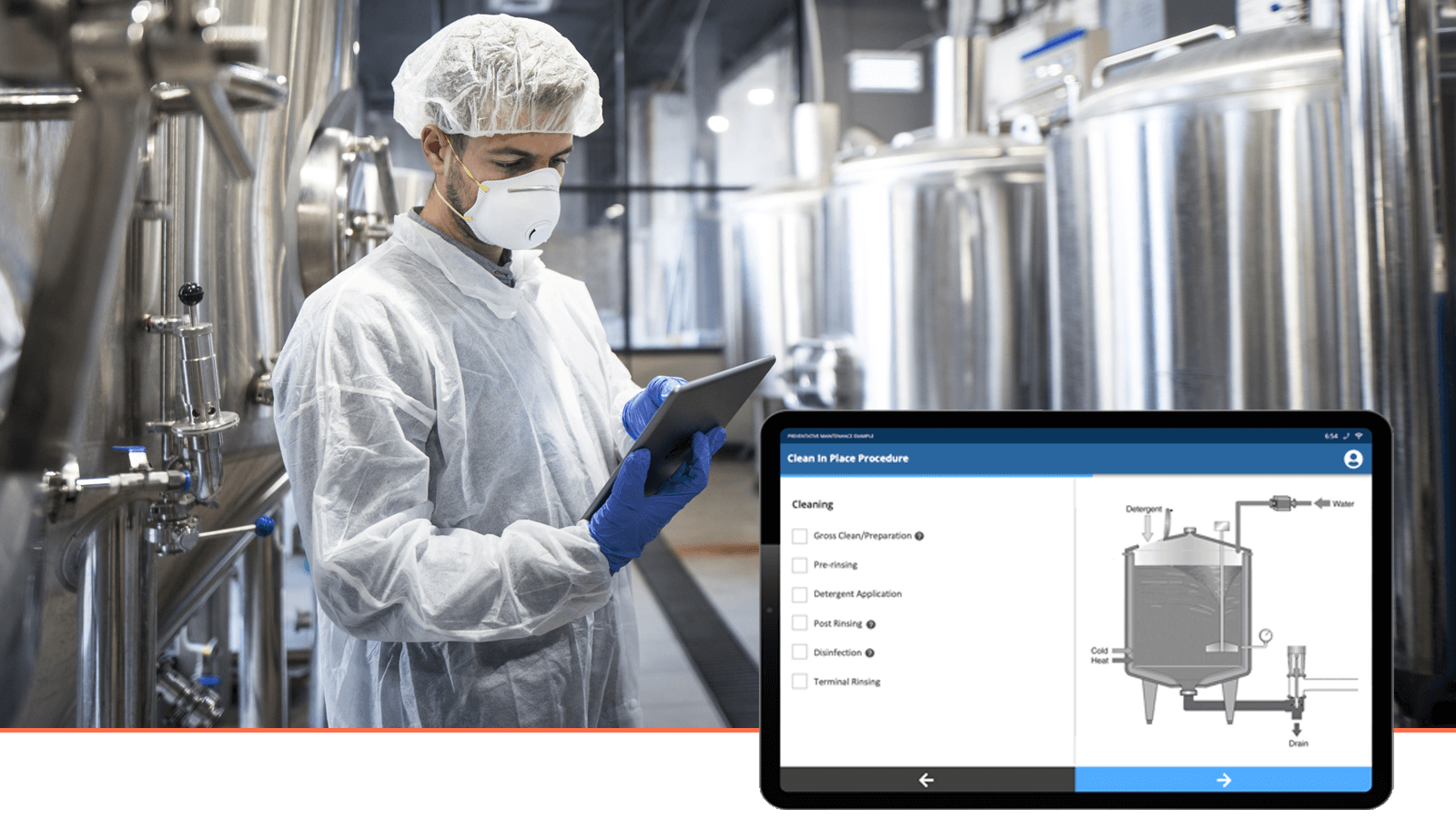There are a number of SOP software solutions that can provide management with the tools to document, record, and turn procedures into understandable work actions. Effective software should provide workers with the support they need to boost job performance.
We’ve put together a list of features that basic SOP software should have or perform:
Centralized hub for SOPs: A unified system should have some sort of hub that workers can access to search and find updated documents in a single place. This ensures that employees can find whatever they need when they need it.
SOP approval workflows: SOPs must go through a quality assurance process to ensure products meet requirements before customer distribution. The right program should capture who approves what so that there is a clear audit trail of which procedures were approved and when. This helps to eliminate any confusion surrounding procedures and is a reliable recordkeeping method to reference in case of employee turnover.
Sharing and permission capabilities: Whichever digital SOP software you choose should have sharing and permission privileges while also keeping confidential documents locked from unauthorized access. Having readily accessible procedures ensures quality collaboration among all workers involved in a project.
SOP templates: The software should come with standard templates to use. These will save you time on document creation and give you a better idea of what SOPs look like.
Ability to standardize internal procedures: An operating system should be able to effectively organize and standardize procedures during every step of the document creation process, including updating and auditing. This can drastically improve how manufacturing plants create SOPs and lead to better documentation in the long run.
Employee training and certification module: An effective software program should include a module that tells workers which training courses need to be completed to show they understand the SOP material. Tracking this information also helps management better understand who isn’t following SOP compliance guidelines and how to close knowledge gaps.

